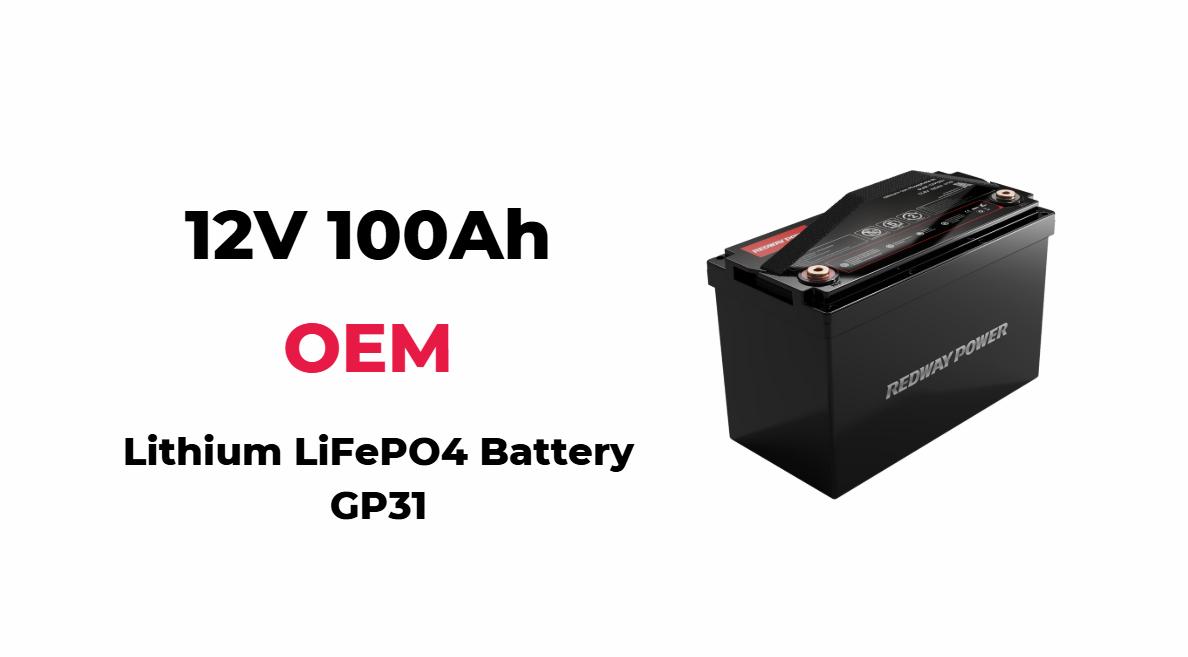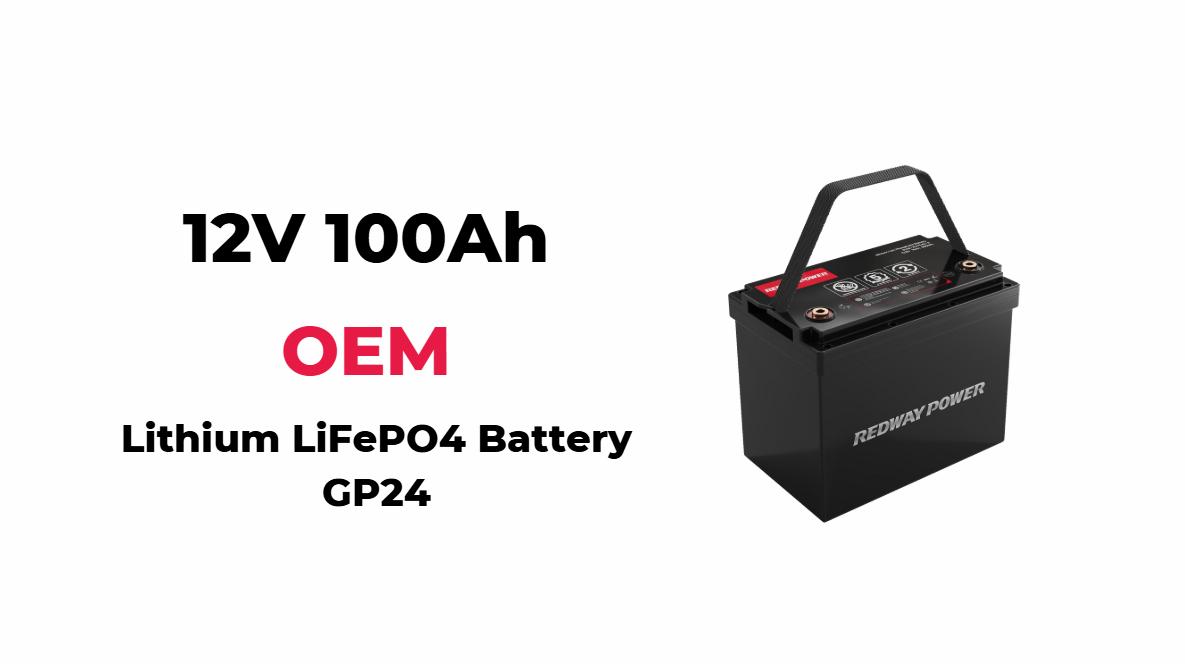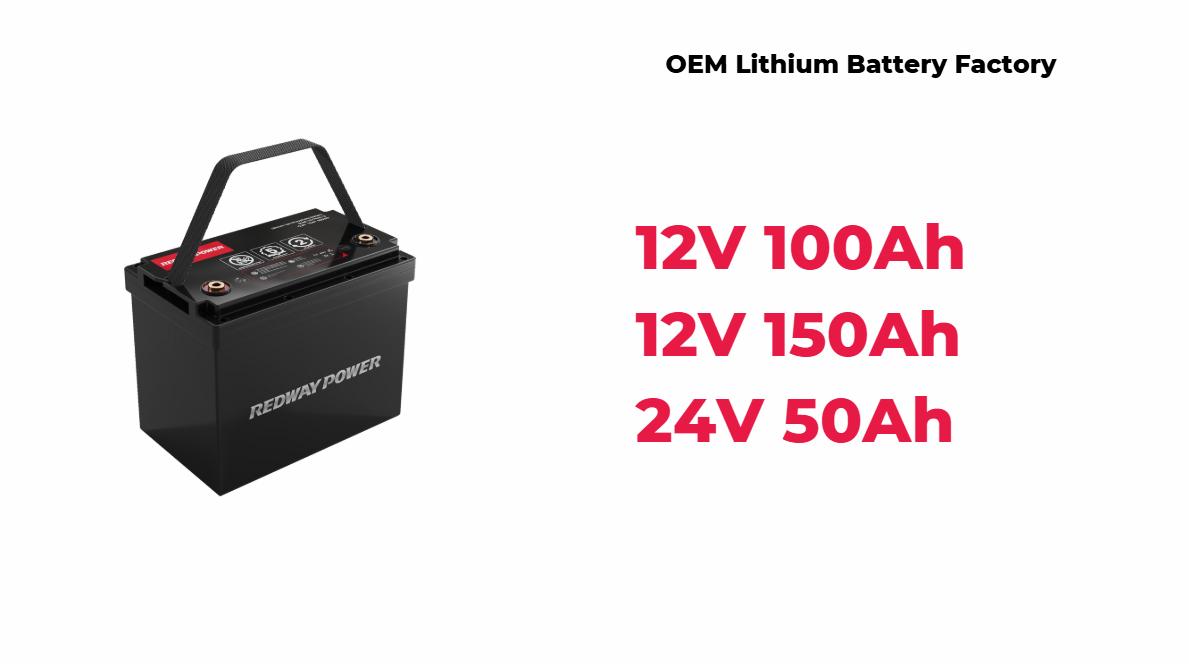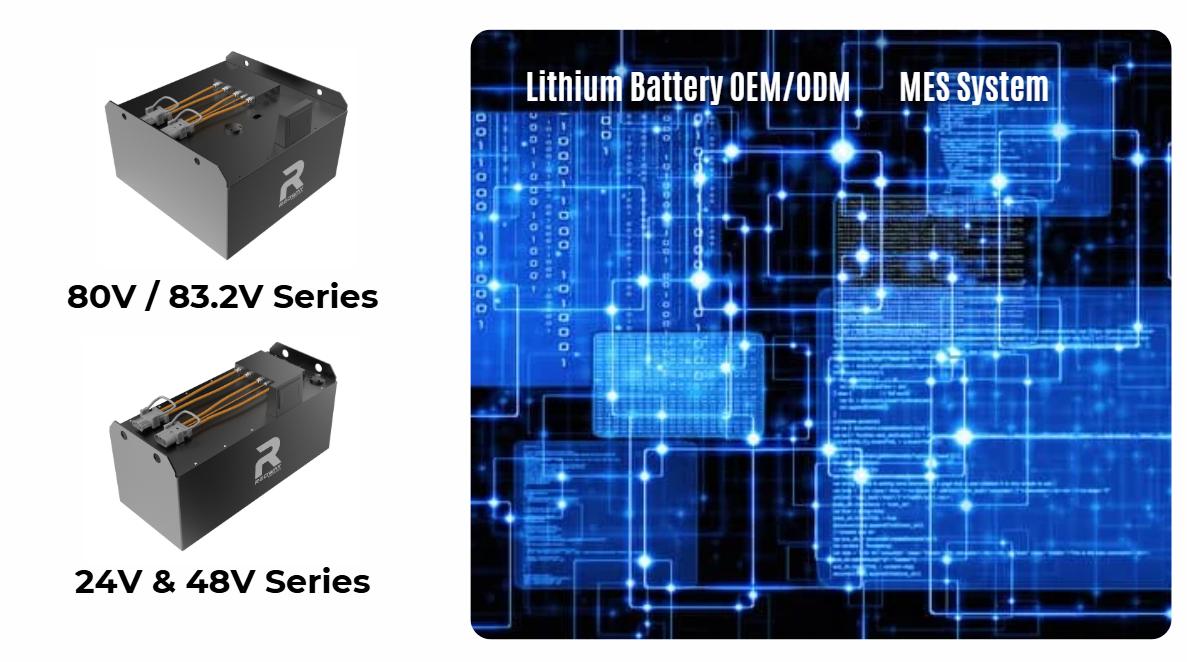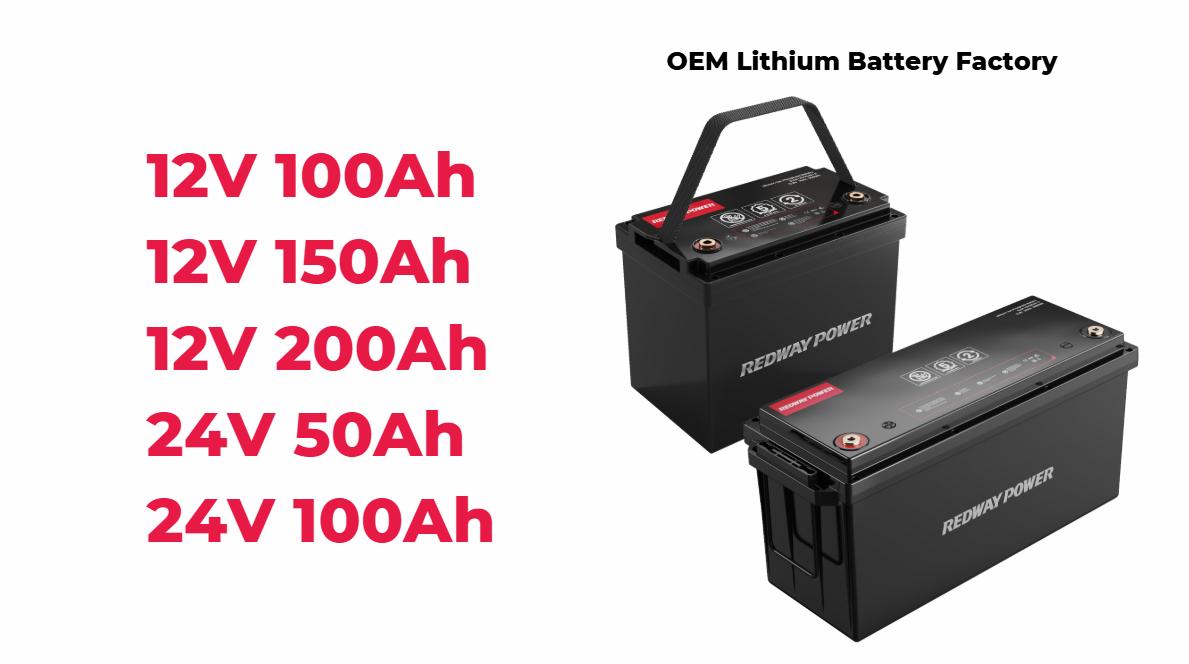
How to Effectively Charge LiFePO4 Batteries with Various Methods
Charging LiFePO4 batteries effectively is crucial for maximizing their lifespan and ensuring optimal performance. Whether using a power supply, solar energy, or specific chargers like the 48V or 24V LiFePO4 battery charger, understanding the best practices can significantly enhance your battery experience. This article outlines various charging methods, including the use of solar charge controllers, to ensure safe and efficient charging.
How Can You Charge a LiFePO4 Battery with a Power Supply?
To charge a LiFePO4 battery with a power supply, set the voltage to 14.6V for a 4S configuration. Ensure the current does not exceed the battery’s specifications, and monitor the charging process closely to prevent overcharging. Always connect a Battery Management System (BMS) for safety. Chart Title: Charging Process of a LiFePO4 Battery
| Stage | Description |
|---|---|
| Constant Current | Initial phase where the charger delivers a steady current until the battery reaches its set voltage. |
| Constant Voltage | The charger maintains a specific voltage while the current gradually decreases as the battery approaches full charge. |
Using a 48V LiFePO4 battery charger ensures that the charging process adheres to the recommended voltage and current specifications, enhancing safety and efficiency.
What Are the Best Practices for Charging LiFePO4 Batteries with Solar?
When charging LiFePO4 batteries with solar, use a solar charge controller to regulate voltage and prevent overcharging. Ensure your solar panels match the battery voltage and capacity. Regularly check connections and battery health to optimize performance and lifespan. Chart Title: Solar Charging Setup for LiFePO4 Batteries
| Component | Function |
|---|---|
| Solar Panels | Convert sunlight into electrical energy. |
| Solar Charge Controller | Regulates voltage and current to prevent overcharging. |
| Battery Storage | Stores energy generated from solar panels. |
This method is particularly beneficial for off-grid applications, ensuring that your LiFePO4 battery remains charged without relying on conventional power sources.
Which Chargers Are Suitable for 48V and 24V LiFePO4 Batteries?
For 48V LiFePO4 batteries, use a charger rated at 58.4V, while for 24V batteries, a charger rated at 29.2V is appropriate. Look for chargers specifically designed for lithium batteries to ensure they provide the correct charging profile and safety features. The chargers should incorporate features like:
- Automatic termination: Stops charging when reaching the maximum voltage.
- Cell balancing technology: Ensures all cells in the battery pack are charged uniformly.
Using appropriate chargers prevents damage and extends the lifespan of your batteries.Chart Title: Recommended Chargers for Different Voltages
| Voltage | Recommended Charger Type |
|---|---|
| 48V | 48V Lithium Iron Phosphate Charger |
| 24V | 24V Lithium Iron Phosphate Charger |
Why Is a Solar Charge Controller Important for LiFePO4 Batteries?
A solar charge controller is crucial as it manages the voltage and current from solar panels, preventing overcharging and ensuring optimal battery health. It also protects against reverse current flow during low sunlight conditions, enhancing battery longevity.
When Should You Use Different Charging Methods for LiFePO4 Batteries?
Different charging methods should be used based on the application: use dedicated chargers for regular charging, solar chargers for off-grid setups, and power supplies for testing or custom applications. Always consider the specific requirements of your battery configuration. Different charging methods should be employed based on the available power source:
- Power Supply: Use when AC power is available.
- Solar Energy: Ideal for off-grid systems or renewable energy setups.
- DC-to-DC Chargers: Useful when connecting batteries to generators or vehicles.
Understanding when to use each method enhances safety and efficiency in managing your battery’s power needs.
Where Can You Find Reliable Information on LiFePO4 Battery Chargers?
Reliable information on LiFePO4 battery chargers can be found on manufacturer websites, battery forums, and specialized electronics blogs. Online communities and user reviews also provide valuable insights into charger performance and compatibility.
Who Should Consider Using LiFePO4 Batteries for Their Power Needs?
LiFePO4 batteries are ideal for users seeking long-lasting, lightweight power solutions, such as RV owners, off-grid enthusiasts, and electric vehicle operators. They are also suitable for applications requiring high discharge rates and safety.
Can You Safely Charge LiFePO4 Batteries with Alternative Power Sources?
Yes, you can charge LiFePO4 batteries with alternative power sources like wind or hydroelectric systems, provided the voltage and current are regulated properly. Always use a suitable charge controller or BMS to ensure safe charging practices.
Expert Views
“Understanding how to charge LiFePO4 batteries properly is essential not just for performance but also for safety,” says Dr. Sarah Johnson, an expert in renewable energy systems. “Adopting best practices in charging methods can significantly extend battery life.”
FAQ Section
Q1: What type of charger is best for my 48V LiFePO4 battery?
A1: A dedicated 48V lithium iron phosphate charger is best as it provides precise control over voltage and current.Q2: Can I charge my LiFePO4 batteries using solar panels?
A2: Yes, using solar panels along with a solar charge controller is an effective way to charge your LiFePO4 batteries sustainably.Q3: What happens if I use the wrong charger?
A3: Using an incorrect charger can lead to overcharging, potentially damaging your LiFePO4 battery and reducing its lifespan.
Know More
What Are the Voltage and Capacity Variants of LiFePO4 Batteries?
How to Effectively Charge LiFePO4 Batteries with Various Methods
What Are the Key Specifications and Charts for LiFePO4 Batteries?
What Are the Best Charging and Monitoring Solutions for LiFePO4 Batteries?
How to Effectively Charge and Manage LiFePO4 Batteries

